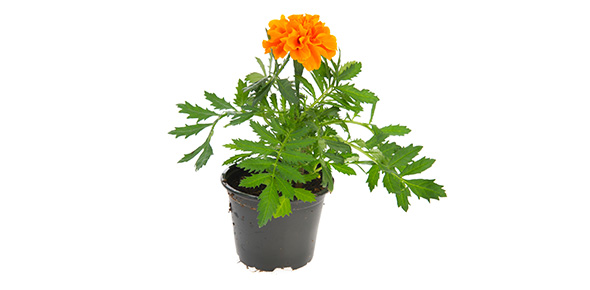A complex vascular tissue through which most of the water and minerals...
A tube formed after germination of the pollen grain; carries the male...
The food conducting tissue of vascular plants.
A small leaf with one vein and one leaf trace not associated with...
Outer protective tissue that replaces epidermis when it is destroyed...
A cylindrical sheath of meristematic cells, the division of which...
The sporangia commonly occurs in clusters on the underside of leaves.
In heterosporous plants, a spore that develops into a male...
Having only one kind of spore.
A generally large leaf with several to many veins; its leaf trace...
The simplest type of stele, consisting of a solid column of vascular...
In angiosperms, the transfer of pollen from an anther to a stigma. In...
The leaf of a fern; any large, divided leaf.
A modified leaf or leaflike organ that bears sporangia.
In plants, growth originating in the apical meristems of shoots and...
The ground tissue occupying the center of the stem or root within the...
Stalk of a leaf.
Region of parenchyma tissue in the primary vascular cylinder above the...
The lateral meristem that forms the periderm, producing cork toward...
A structure formed by the maturation of the ovule of seed plants...
An elongated, thick-walled conducting and supporting cell of xylem. It...
In ferns, a row of specialized cells in a sporangium; in gill fungi,...
Main axis of a spike; the axis of a fern leaf from with the pinnae...
Phyla that includes the ferns.
A microspore containing a mature or immature microgametophyte.
A minute outgrowth or appendage at the base of the leaves of grasses...
A stele in which the primary vascular tissues are arranged in discrete...
Region of parenchyma tissue in the primary vascular cylinder above the...
The above-ground portions, such as the stem and leaves, of a vascular...
Underground stem, the belowground portion of the plant axis, bearing...
One of the cells composing a vessel.
In homosporous vascular plants, such as ferns, the more or less...
A leaf or leaflike stucture bearing a megasporangium.
A type of stele containing a hollow cylinder of vascular tissue...
A reproductive structure consisting of a number of modified leaves or...
The outer covering tissue of the plant; the epidermis or the periderm.
Young coiled leaves.
The central cylinder, inside the cortex, of roots and stems of...
Phyla that includes the club mosses.
All tissues other than the epidermis and the vascular tissues; also...
A primary division, or leaflet, of a compound leaf or frond; may be...
The part of the plant body arising from the apical meristems and their...
A leaflike organ bearing one or more microsporangia.
A sporangium that arises from several initial cells and, before...
Nutritive element in the sporangium, particularly an anther.
Membranous growth of the epiderm of a fern leaf that covers sori.
An elongated, spindle-shaped, sterile cell in the sporangium of a...
The general term for a water-conducting cell in vascular plants;...
A branch bearing one or more sporangia.
A structure at the base of the embryo in many vascular plants. In some...
Type of life history associated with seedless vascular plants.
As in ferns, the coiled arrangement of leaves and leaflets in the bud;...
Cells derived from the apical meristems and primary meristematic...
An organism with branched axis and multiple sporangia but with...
The sporophylls occur in compact aggregates called cones or strobili.
















